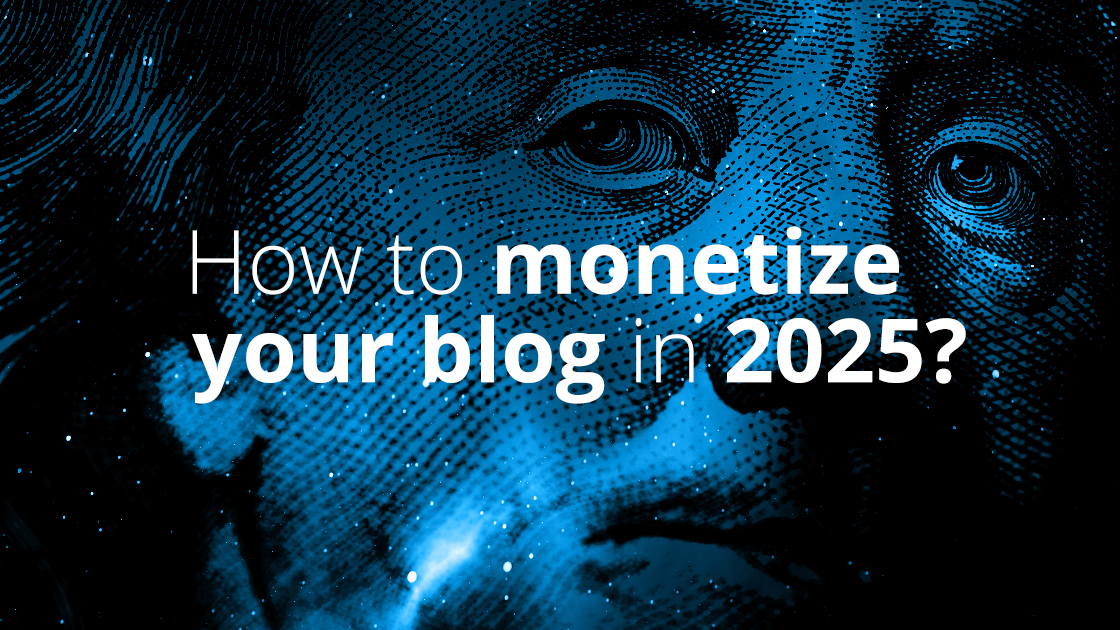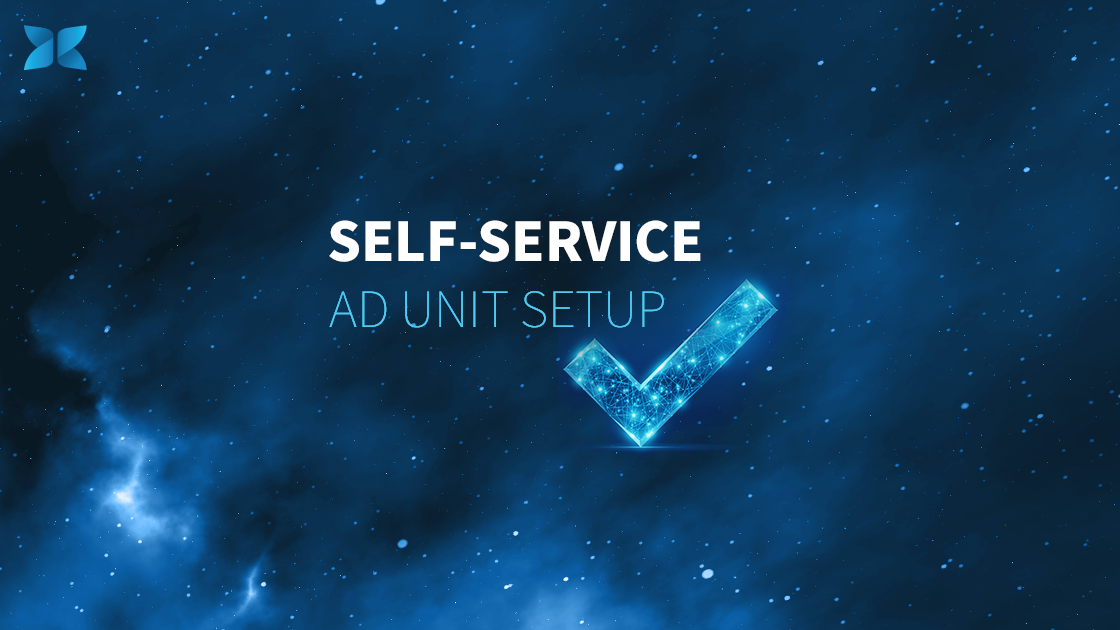In the world of online advertising, publisher RPM (revenue per thousand impressions) is a key metric used by publishers to measure the revenue generated by their website traffic. This metric is used to estimate the revenue a publisher can earn for every thousand impressions that their webpage receives. Understanding page RPM is crucial for publishers who are looking to monetize their online content and generate passive income. In this article, we will explore the importance of page RPM for publishers, as well as how to increase it to maximize earnings.
RPM vs. CPM: Which Metric is More Important?
CPM (cost per thousand impressions) is another important metric used in online advertising. While both metrics are related to impressions and revenue, there are some key differences between them. CPM is the amount an advertiser pays for every thousand impressions of their ad, while RPM is the amount a publisher earns for every thousand impressions of ads displayed on their website.
While both metrics are important, RPM is considered to be more important for publishers. This is because RPM measures the revenue generated by a publisher’s website traffic, while CPM measures the cost paid by advertisers for their ad impressions. By focusing on improving RPM, publishers can maximize their earnings and improve their overall monetization strategy. In the next section, we will explore the importance of both metrics for publishers in more detail.
How to Increase Your Publisher RPM
Publishers can increase their RPM by focusing on a number of key areas. Below are some effective strategies:
- Focus on content quality: Creating high-quality content that is relevant and engaging to your target audience is crucial for increasing user engagement and driving traffic to your website. This, in turn, can lead to increased ad impressions and higher RPM.
- Suggest relevant content to maintain user engagement: Providing users with relevant and interesting content can keep them engaged and increase the time they spend on your website. This can result in more ad impressions and a higher RPM.
- Increase site speed and fix technical issues: Slow website speed and technical issues can lead to a poor user experience and lower ad impressions. By optimizing your website speed and fixing any technical issues, you can increase the number of ad impressions and improve your RPM.
- Increase ad viewability: Ad viewability is the percentage of impressions that are actually viewed by users. By increasing ad viewability, publishers can increase their RPM. This can be achieved by placing ads in prominent locations on your website and ensuring that they are visible to users.
- Optimize ad formats and sizes: Using the right ad formats and sizes can increase user engagement and improve ad viewability. By experimenting with different ad formats and sizes, publishers can find the best combination to maximize their RPM.
- Diversify ad networks: Relying on a single ad network can limit the number of ads displayed on your website and lower your RPM. By diversifying ad networks, publishers can increase the number of ads displayed and improve their RPM.
- Use header bidding: Header bidding is a programmatic advertising technique that allows publishers to offer ad inventory to multiple ad exchanges simultaneously, which can lead to increased competition for ad space and higher RPM.
- Implement ad refresh: Ad refresh is the process of automatically refreshing ads on a webpage after a certain period of time. By implementing ad refresh, publishers can increase the number of ad impressions and improve their RPM.
By focusing on the above strategies, publishers can improve their RPM and increase their earnings from online advertising. However, it is important to note that increasing RPM is a continuous process and requires ongoing optimization and experimentation.
Adsense as a Monetization Platform
Google AdSense is a popular monetization platform for publishers. It allows publishers to display ads on their websites and earn revenue when users click on those ads. AdSense is a programmatic platform that uses an auction system to match ads to websites based on a number of factors, including the website’s content, user demographics, and ad format.
Adsense offers a number of benefits for publishers, including:
- Easy setup and integration: Adsense is easy to set up and integrate into your website, with no technical expertise required.
- Wide range of ad formats: Adsense offers a wide range of ad formats, including display ads, text ads, and video ads, giving publishers the flexibility to choose the best ad format for their website.
- High-quality ads: Adsense serves high-quality ads that are relevant to the content of the website, which can lead to higher user engagement and increased RPM.
- Competitive ad rates: Adsense uses an auction system to ensure that publishers receive competitive ad rates, which can lead to higher earnings.
- Reliable payment system: Adsense offers a reliable payment system and pays publishers on a monthly basis.
By using Adsense, publishers can increase their RPM in a number of ways, including:
- Displaying high-quality ads that are relevant to the content of the website.
- Using a variety of ad formats to optimize user engagement and ad viewability.
- Experimenting with different ad placements to find the best locations for ads.
- Monitoring ad performance and making adjustments to optimize RPM.
Adsense is a powerful monetization platform for publishers that offers a wide range of benefits, including easy setup and integration, a variety of ad formats, high-quality ads, competitive ad rates, and a reliable payment system. By using Adsense, publishers can improve their RPM and earn passive income from their websites.
The Role of Programmatic Platforms in RPM
Programmatic platforms are automated systems that use data and algorithms to buy and sell digital advertising inventory. They allow publishers to sell their ad inventory to a large number of advertisers simultaneously, which can lead to increased competition and higher ad rates. Programmatic platforms offer a number of benefits for publishers, including:
- Increased efficiency: Programmatic platforms automate the ad buying and selling process, which can save publishers time and resources.
- Improved ad targeting: Programmatic platforms use data and algorithms to target ads to specific audiences, which can lead to higher user engagement and increased RPM.
- Increased competition: Programmatic platforms allow publishers to sell their ad inventory to a large number of advertisers simultaneously, which can lead to increased competition and higher ad rates.
- Real-time reporting and optimization: Programmatic platforms provide real-time reporting and optimization tools that allow publishers to monitor ad performance and make adjustments to optimize RPM.
Programmatic platforms can improve RPM in a number of ways, including:
- Displaying high-quality ads that are relevant to the content of the website.
- Using data and algorithms to target ads to specific audiences.
- Experimenting with different ad formats and placements to find the best combination for increasing RPM.
- Monitoring ad performance and making adjustments to optimize publisher RPM.
Programmatic platforms are a powerful tool for publishers looking to increase their RPM. By using data and algorithms to target ads to specific audiences and increase competition for ad inventory, programmatic platforms can help publishers optimize their monetization strategies and earn passive income from their websites.
Recap of the importance of publisher RPM
RPM is a critical metric for publishers looking to monetize their websites and earn passive income. By optimizing their RPM, publishers can increase their earnings and improve their overall monetization strategy. By focusing on content quality, ad viewability, and ad optimization, publishers can improve their RPM and earn more revenue from their websites.
As a blogger or content creator, it’s important to understand the importance of RPM and to implement optimization strategies to increase your earnings. By focusing on ad optimization and programmatic platforms like Adsense, you can improve your RPM and generate passive income from your blog.
Would you like to know more? Are you interested in increasing the revenue from your site? Contact us - we can help you!
If you're already a member, and you have a question, contact our Customer Success Team. We will help you!






